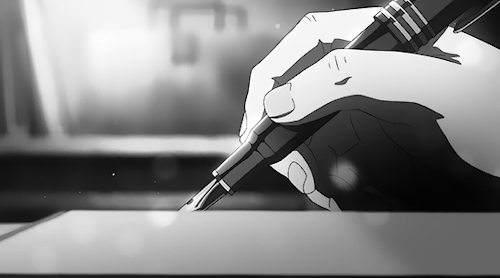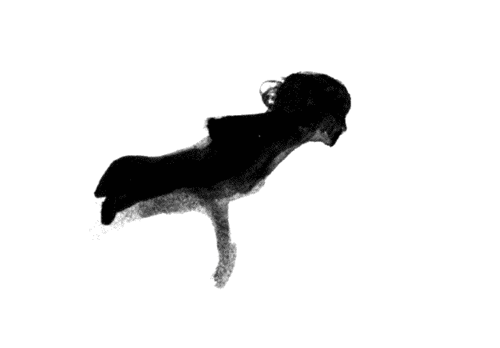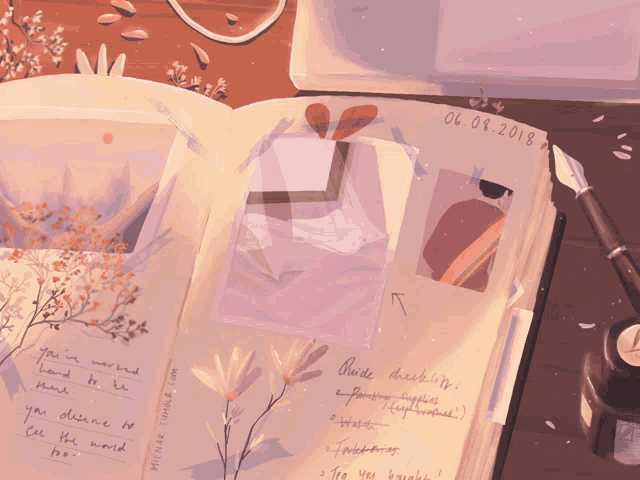Face the Blank Page: Inspiration for Your First Stroke
In our last post , we explored how the simple act of painting or drawing can awaken emotions, tell stories and offer moments of calm and pleasure. Today, we want to delve deeper into a theme common to all creatives: the fascination and fear of the blank page.
This empty space — whether it’s a sheet of notebook paper , a notepad or a canvas — is both an invitation and a challenge. The Tuong Tuong team believes that blank pages are more than just surfaces — they are windows to infinite possibilities.

Our shelves are full of notebooks, drawing pads, watercolor paper, pencils, markers, paints and other materials selected so that each stroke is a unique experience.
However, we know that the first step is not always easy. So, how do you start? And what do you create? To help you turn the blank page into a fertile field of ideas, here are some suggestions to inspire you in different types of artistic projects.
1. Expressive illustration and doodling

Starting with doodling is a great way to loosen up your hand and get creative. Grab a pencil or fine-tipped pen and draw small, random sketches or outlines. Look at objects around you—a desk, a plant, or even the lines of your own hand—and try to capture those elements on paper in your own unique style. There’s no need to rush or be perfect; the important thing is to let the lines flow and see where they take you.
2. Creative Journaling

If you enjoy writing and illustrating, try creating a journal where you can combine text and images. You can record your day, make personal reflections or even jot down ideas and future dreams. Use colored pens to create titles, highlight important words or add small drawings to bring your notes to life. Journaling is a great exercise for developing creativity and, at the same time, an introspective practice that allows you to organize your thoughts and emotions.
3. Watercolors and acrylic paint

Watercolors are perfect for those who want to experiment with color and expressiveness. With a suitable pad of paper, you can paint simple elements of nature, such as leaves or flowers, or try a more elaborate landscape. Explore the mix of colors and let the water create unpredictable and beautiful effects. Acrylic paint, on the other hand, offers textures and opacity that are ideal for those who like to work in layers.
4. Scrapbooking and artistic collages

Scrapbooking is a wonderful way to capture memories and moments. Use decorative paper, magazine clippings, photographs and other small items to create a page that tells a visual story. Combined with pens and stickers, scrapbooking becomes a personal piece that is rich in meaning. In addition, collages can be a great pastime and a unique form of artistic expression; you can use different types of tape to bring your work to life.
5. Calligraphy and lettering

For those who love words, lettering and calligraphy allow you to explore writing as an art form. Try using brush-tip markers to experiment with different lettering styles and compositions. Whether you’re writing an inspirational quote or creating a personalized card, lettering helps you master the art of writing and can be a very satisfying and therapeutic practice.
6. Origami and paper cutting projects

Origami and paper cutting are creative, hands-on ways to bring three-dimensional shapes and figures to life. Using colorful sheets of paper, you can create flowers, animals, and geometric shapes, or even explore layers to create depth effects. These projects are a great way to practice patience and precision, resulting in charming, delicate pieces that you can use as decoration or even give as gifts.
7. Travel Journal : Capture your adventures

If you love travelling, a travel journal is a special way to immortalise your experiences. Record each destination with notes, illustrations, collages of tickets or postcards. You can jot down impressions, describe moments and collect small objects that capture the spirit of the place. Later, when you look back at your journal, you can relive every detail and, who knows, find inspiration for new adventures.
8. Recipes and gastronomy: create your recipe book

Gastronomy is also an art, and a personal recipe book is a way to immortalize your culinary journey. Use a special notebook to write down your favorite recipes, including notes about the variations you tried, the secret ingredients and the special moments when you prepared them. Decorate the pages with illustrations of the dishes or small clippings, and create a work that becomes part of your story.
9. Custom musical composition and sheet music

For music lovers, creating your own sheet music or even a composition journal is a wonderful way to explore your musical creativity. In a lined notebook or a sheet music notebook, try jotting down melodies, song lyrics or even inspirational passages. Use colored pens to highlight certain notes or lyrics and make your composition notebook unique. This practice not only helps to structure musical ideas, but it is also a valuable record for those who enjoy creating melodies or songs.
10. Movie Diary: Movie Reviews and Ideas

Cinema can be an endless source of inspiration. Why not create a diary where you record your thoughts on films, memorable scenes or even ideas for screenplays? In a special notebook, you can jot down your impressions, list films to watch or write brief synopses of original ideas. Complete the diary with clippings from film magazines, photos of inspiring actors or filmmakers, and create a small collection of your cinematic universe. In addition to being an exercise in critical analysis, it is also a way of organizing your preferences and ideas.
11. Literary diary and poetry

Literature and poetry have the power to immortalize thoughts and emotions. For those who enjoy writing, a literary notebook is an excellent way to cultivate this passion. Use it to jot down inspiring quotes, draft poems or even develop short stories. If you are a fan of reading, you can also record your impressions of books you have read, create reading lists and even jot down ideas for your own stories. To add a personal touch, try illustrating some pages with drawings or making collages related to the themes you explore in your writing.
Take the first step with confidence
The blank page can be daunting, but every stroke, word or color you add to it is a step towards building something that’s yours. If you choose to share your creations, the world will see a piece of you. And if you choose to keep them to yourself, you’ll have a personal treasure that tells your own story.
Tuong Tuong Company is here to support you every step of the way, with a selection of quality materials that make creating even more enjoyable. Explore the possibilities and bring your ideas to life — every blank page is a new opportunity to discover what you can create.
